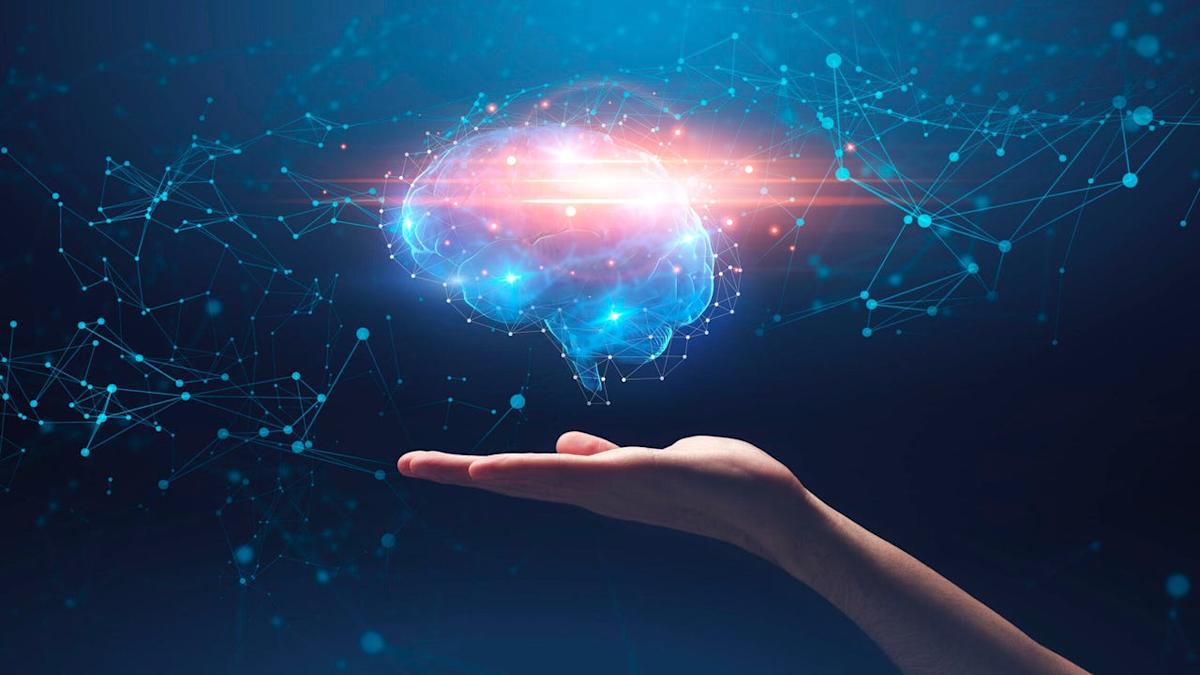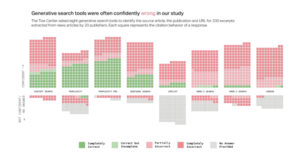Gen AI Chatbots Begin Retaining Your Information: Is It Wise to Allow This?

Enhancements in AI Chatbot Memory
Recently, chatbots like OpenAI’s ChatGPT and Elon Musk’s Grok have undergone significant memory improvements. In the past, using a chatbot often felt like starting over each time you asked a question, but these advancements now allow for more personalized and consistent interactions.
The Shift in Memory Capabilities
Historically, generative AI chatbots had minimal memory retention. This meant your conversations would be forgotten as soon as the session ended. However, the implementation of stronger memory features changes this. The core idea behind this new memory functionality is that the chatbots can now retain past interactions, making future conversations smoother. If you’ve previously provided information or preferences, the chatbot can recall these details without needing you to repeat them.
According to Shashank Srivastava, an assistant professor of computer science at the University of North Carolina at Chapel Hill, these advancements significantly enhance user experience. For example, if a chatbot remembers conversations, it doesn’t require users to input the same information repeatedly.
How AI Chatbot Memory Works
It’s important to clarify that what is termed as "memory" in these chatbots is not memory in the traditional sense. Instead, it involves integrating past conversations with new queries. As Aditya Grover, an assistant professor of computer science at UCLA, explains, this is similar to treating all previous dialogues as one large input, which the model uses to generate responses.
The advancement in chatbot memory is largely due to the expansion of "context windows." Context windows refer to the amount of text a chatbot can analyze at once and are measured in tokens. Tokens can be whole words or parts of words. Earlier models had context windows of 4,000 or 8,000 tokens, allowing them to process a limited amount of text. Current models, like Google’s Gemini 2.0, have expanded context windows capable of handling up to a million tokens, allowing for much richer interactions.
The Practical Benefits of Enhanced Memory
With improved memory capabilities, chatbots can provide answers that are exceptionally tailored to users’ needs. For instance, a chatbot that remembers your location or preferences can offer more specific recommendations. If you often look for restaurant advice in a particular city, the chatbot can assume your location without needing to ask each time. This leads to a more user-friendly experience and extends to areas like gift suggestions. If you once described a family member’s interests, the chatbot can recall that information when you seek gift ideas later.
Potential Challenges with Longer Chatbot Memory
While longer memory improves user interactions, it introduces some challenges. For instance, a chatbot that recalls too much can end up biased, continually suggesting gifts based on outdated information. Remember the scenario where you mentioned loving airplanes as a child? You might still receive airplane-themed gifts decades later if the system relies too heavily on past input.
Srivastava warns that depending on a chatbot’s memory could lead to losing control over your interactions. Users might inadvertently find themselves trapped by the chatbot’s recollections, leading to personalized suggestions that are less relevant over time.
Managing AI Memory Features
Interestingly, chatbot developers provide options to manage what information the AI retains or forgets. Most chatbot systems allow users to command the AI to forget specific details or conversations. Additionally, managing sensitive information is crucial. If you’re sharing private details, consider disabling memory features during those interactions.
Below are guidelines on how to manage memory features in popular chatbot tools:
ChatGPT
- Memory Types: ChatGPT has "reference saved memories" for specific details like name and preferences, and "reference chat history," which recalls past conversations.
- Turning Off Memory: Navigate to Settings and Personalization to toggle memory features.
- Asking It to Forget: You can inquire what the chatbot remembers and request it to forget specific items or delete saved memories entirely.
Google Gemini
- Memory Capabilities: Google’s Gemini can remember discussions and summarize previous talks.
- Managing Memories: To modify or delete these memories, use the Gemini Apps Activity menu.
Grok
- Memory Status: Grok’s memory features are enabled by default.
- Modifying Settings: You can turn off memory options in the Settings under Data Controls.
These improvements in AI memory suggest a future where your interactions with chatbots will be more seamless, but it is essential to understand how these features can be controlled for a better experience.






